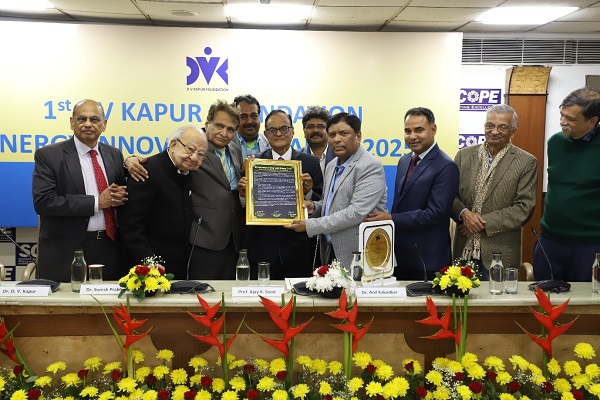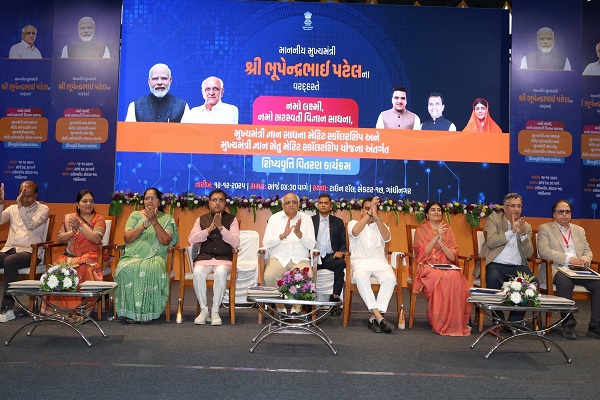Scientists develop contact lenses that let humans see near-infrared light

An international team led by Chinese scientists has developed revolutionary contact lenses that allow humans to see near-infrared light, a breakthrough that could transform medical imaging and visual assistance technologies.
The study, published in the journal Cell on Thursday, combines visual neuroscience with rare earth elements to create transparent, wearable lenses that convert invisible infrared light into visible images, Xinhua news agency reported.
The human eye only detects light with wavelengths between 400 and 700 nanometres, thus missing much of nature's information.
Near-infrared light, with wavelengths between 700 and 2,500 nanometres, excels at penetrating biological tissue with minimal radiation damage.
The researchers from the University of Science and Technology of China, Fudan University and the University of Massachusetts Medical School (US) engineered rare earth elements that transform three different infrared wavelengths into red, green and blue visible light.
Previously, scientists in the team developed a nanomaterial that, when injected into animal retinas, enabled mammals to see near-infrared light naturally. Since retinal injections aren't practical for humans, they started to design a wearable, non-invasive alternative using soft contact lenses.
The team modified the surface of the rare earth nanoparticles, enabling them to be dispersed in polymer solutions and ultimately fabricate highly transparent contact lenses, according to the study.
Human volunteers wearing the lenses could identify infrared patterns, temporal codes and even distinguish three different "colours" of infrared light, essentially expanding the human visual spectrum beyond its natural limitations.
The non-invasive technology has potential applications in medical imaging, information security, rescue operations and treating colour blindness.
Unlike night vision goggles, the lenses, capable of enhancing vision in low-visibility conditions such as fog or dust, require no power source and provide a more natural visual experience.
While still at the proof-of-concept stage, the researchers believe the technology could eventually help people with visual impairments and revolutionise how humans interact with the invisible light spectrum.






.jpg)

















